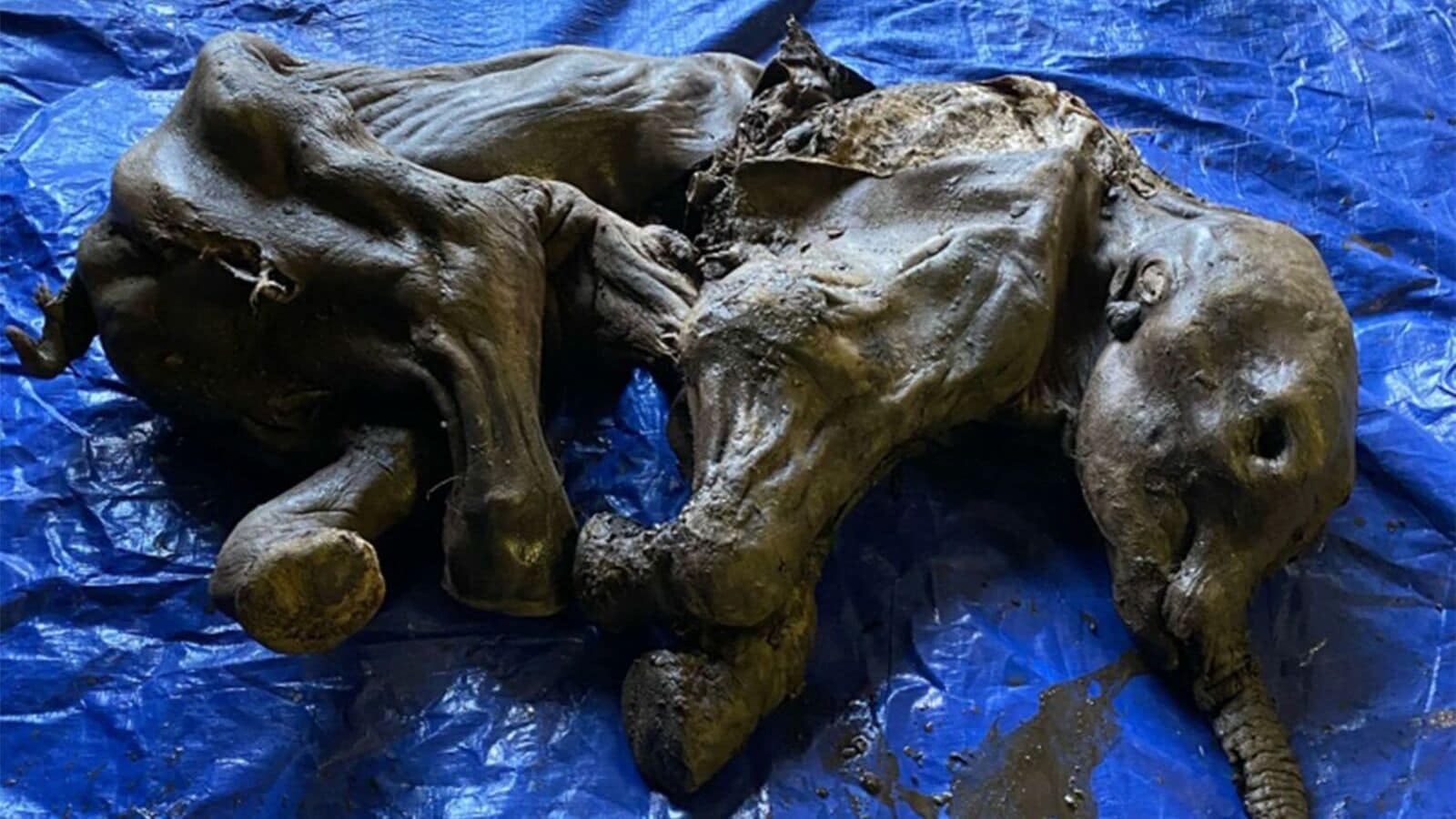The woolly mammoths of Wrangel Island were survivors. Trapped on a chunk of rock in the Arctic Ocean after rising sea levels separated them from present-day Siberia, they were the last of their species to go extinct. Paleontology textbooks have explained their final demise about 4,000 years ago as a classic case of extinction by inbreeding, in which severely damaging genetic mutations spread through an isolated population and killed it off. A new paper published in the journal Cell on June 27 reveals that the textbooks are wrong.
Genetic diversity can be thought of as an insurance policy for a species. If there are enough unrelated individuals in a population, there is a good chance that one of them will possess an inherited trait that can protect it from a new threat. As long as that individual is able to pass that trait on to its offspring, the species can avoid extinction. However, when small, isolated populations are forced to interbreed over several generations, harmful mutations inevitably become concentrated. This phenomenon, known as mutational collapse, has the power to wipe out entire populations.
Love Dalén and Marianne Dehasqueat from the Centre for Palaeogenetics in Sweden were curious to know whether the mammoths on Wrangel Island had undergone a mutational meltdown. Because Wrangel Island is dry and extremely cold for most of the year, woolly mammoth remains found there are often very well preserved. Even DNA, which degrades quickly in warm climates, can be collected from these specimens. This allowed Dr Dalén’s team to study the genetics of 14 mammoths that had been trapped on the island. They then compared the genetics of these animals with those of seven individuals that lived in the region before sea levels rose and wiped out the population.
Some mammoths in the isolated population died as recently as 4,333 years ago. Others perished 9,219 years ago, about 800 years after Wrangel Island was isolated. Similarities in their DNA led researchers to conclude that about eight individual mammoths founded the population. This likely corresponds to a single herd. Moreover, just as the textbooks suggest, the mammoths faced severe genetic challenges early on. But, surprisingly, the most damaging mutations did not overwhelm the population. Instead, individuals with severely damaging mutations died or failed to reproduce, leaving the rest of the population healthy. (Whether this was simply natural selection at work, or the result of the mammoths choosing not to mate with sick individuals, remains to be seen.) For 6,000 years, a population of 200 to 300 mammoths lived in this relative stability. They did not have much genetic diversity. There were still very harmful mutations that made some individuals sick, and mildly harmful ones were accumulating, but the mammoths were not being consumed by mutational collapse.
Then, suddenly, they went extinct. Archaeologists have found no evidence that there were people on the island at the time, so human hunting seems an unlikely explanation (although humans are thought to have hunted mammoths in places like North America). A fire on the tundra or a few seasons of bad weather could also have wiped them out, but disease seems more likely. One part of the Wrangel Island mammoth genome that was heavily affected by isolation was the major histocompatibility complex (MHC). This is a key part of the immune system that picks up materials from pathogens and trains attack cells to recognize them. The researchers estimate that the MHC of the island mammoths lost 49.2% of its genetic diversity compared with that of mammoths that were not isolated. Together with the accumulation of mildly harmful mutations, that drastic decrease in genetic diversity probably made the mammoths vulnerable to infection.
This work has practical implications for conservation efforts. Many species, such as the California condor and scimitar-horned oryx, have come perilously close to extinction. Efforts to save their remaining populations from mutational crisis through selective breeding programs are certainly worthy of praise, but Dr. Dalén’s work suggests that this is only the first challenge. Maintaining a species’ genetic insurance policy over the long term is equally important. But it is not clear that conservationists can do that for species threatened by dramatic loss of genetic diversity.
Are you curious about the world? To enjoy our scientific coverage that will help you open your mind, subscribe to Simply scienceour weekly newsletter exclusive to subscribers.
© 2024, The Economist Newspaper Limited. All rights reserved. From The Economist, published under license. The original content can be found at www.economist.com
Disclaimer:
The information contained in this post is for general information purposes only. We make no representations or warranties of any kind, express or implied, about the completeness, accuracy, reliability, suitability or availability with respect to the website or the information, products, services, or related graphics contained on the post for any purpose.
We respect the intellectual property rights of content creators. If you are the owner of any material featured on our website and have concerns about its use, please contact us. We are committed to addressing any copyright issues promptly and will remove any material within 2 days of receiving a request from the rightful owner.

